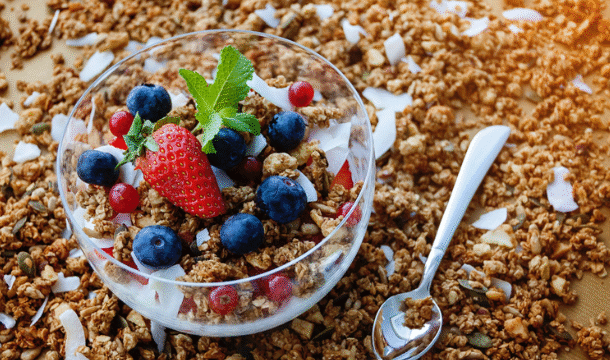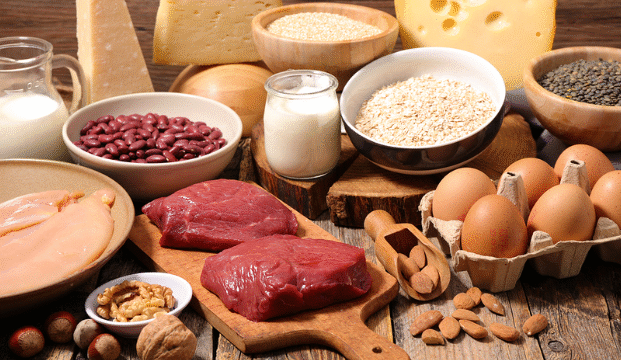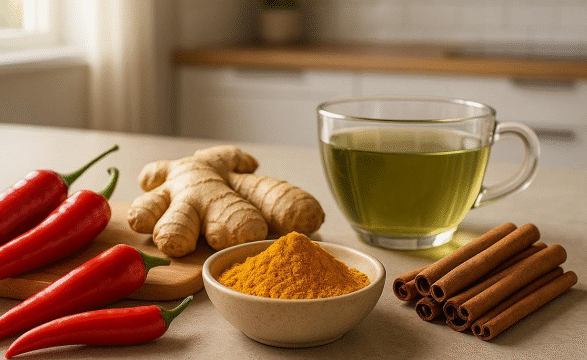Why Satiety Matters for Weight Loss
Many highly processed foods are designed to be tasty but not filling, which often leads to overeating. On the other hand, whole, nutrient-dense foods provide a balance of protein, fiber, water, and healthy fats—ingredients that help curb hunger naturally. Eating for satiety is not about restriction, but about making smarter choices that work with your body’s hunger signals.
Best Foods for Satiety and Weight Management
1. Lean Proteins
Foods like chicken, fish, eggs, Greek yogurt, beans, and lentils are excellent sources of protein. Protein slows digestion and helps regulate appetite hormones, leaving you satisfied for hours.
2. High-Fiber Vegetables
Vegetables such as broccoli, spinach, kale, carrots, and cauliflower are low in calories but high in volume and fiber. They add bulk to your meals, making you feel full without overeating.
3. Whole Grains
Brown rice, oats, quinoa, and barley digest more slowly than refined grains, providing steady energy and keeping hunger at bay.
4. Healthy Fats
Nuts, seeds, avocados, and olive oil are rich in healthy fats that enhance satiety. Adding small portions to meals can help reduce cravings.
5. Legumes
Beans, chickpeas, and lentils offer a combination of protein and fiber, making them highly filling and excellent for supporting weight goals.
6. Water-Rich Foods
Soups, cucumbers, melons, and oranges are high in water, which adds volume to meals and snacks, helping you feel satisfied while staying hydrated.
7. Fruits with Fiber
Apples, pears, and berries provide natural sweetness along with fiber, which slows digestion and helps regulate appetite.
Eating Habits That Boost Satiety
- Eat slowly: Give your body time to recognize fullness.
- Don’t skip meals: Skipping often leads to overeating later.
- Balance your plate: Include protein, fiber, and healthy fat in each meal.
- Stay hydrated: Thirst can sometimes be mistaken for hunger.






